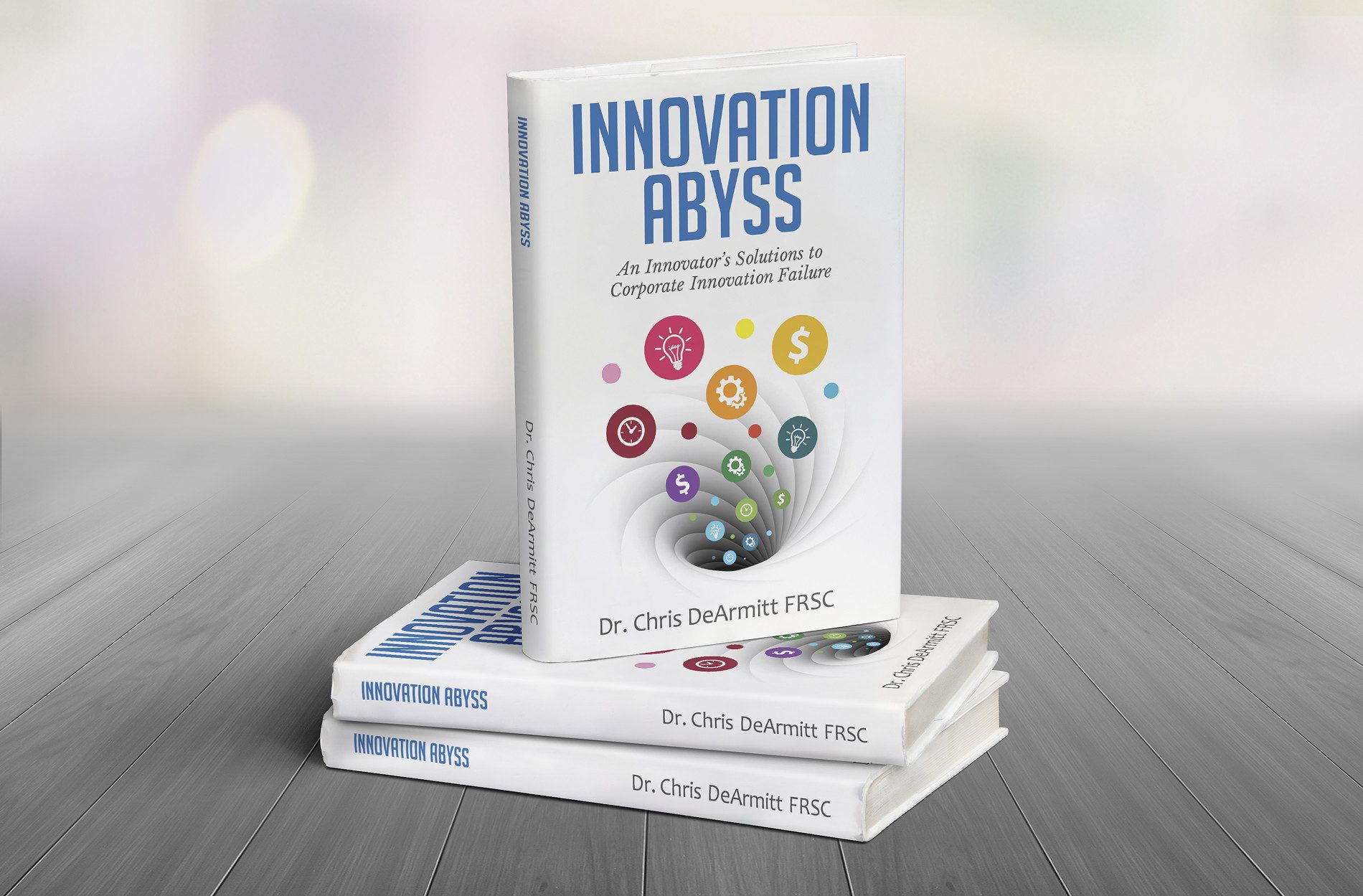Better ABS Plastic
ABS plastic breakthrough – a water-resistant ABS plastic was invented and patented enabling use in several new applications.
Problem
BASF, one of the World’s largest chemical companies, wanted a water-resistant ABS plastic. They had a long-standing problem with their ABS plastic that had plagued them for decades and meant that the plastic could not be used in contact with warm or hot water. This limited the markets they could enter. Even the Chairman of the Board knew about this major problem, but even after thirty years and several million Euros spent, all they had to show for it was a ton of reports. They had spent so much over the decades that they had given up on ever solving the problem.

Action
I decided to find out as much as I could from the people there and from the reports showing the problem and what had not worked. Behind my desk was a cupboard where the top shelf was crammed with reports spanning decades. It was intimidating to see a shelf a meter wide filled with failed attempts. My friend, with whom I shared an office, was the last in a long string of PhD scientists who had tried to solve the problem, so I asked him to tell me all about it. He said that it was fundamentally impossible to solve but after he had described all of the chemistry in detail, I said I disagreed. There was a way, at least in principal, to overcome the issue.
Armed with a firm grasp of the problem thanks to my friend Michael, I came up with five new concepts to try. As I left the office for a long summer holiday, I gave my technician instructions on what to do, so that they would be productive while I was away, even though there was no active project or funding because BASF had given up, I felt the new concepts had at least some chance to produce the water-resistant ABS plastic that they longed for.
Solution
I returned from holiday and my technician, a great guy called Alexander, updated me on the work he had done while I was away. The very first concept on the list had worked, so I rushed to the office next door to tell my good friend Dr. Graham McKee (he was one of BASF’s top inventors and retired with over 200 patents to his name). He was very impressed and said that the new water resistant ABS technology was so valuable that we should sit down and write the patent application immediately, and that’s just what we did. In fact, several patents resulted on the process and the new additive I had used to solve the problem.
My colleagues and the management team were shocked to find that this legendary problem had been solved in the first attempt after decades of failed attempt and millions wasted. The difference was that prior efforts had been trial and error – they had simply tried every chemical they could think of to see whether it would work. That approach is ineffective and wasteful, as they had discovered. By understanding the fundamentals of the problem, applying some creativity plus knowledge of chemistries used in other industries, it was possible to find a revolutionary solution with neither funding nor project.
The solution was scaled-up and shown to work perfectly in full-scale production at the factory without any modifications or investments. Finally, their product weakness was eliminated and there were other advantages too such as better color and humidity resistance. The technology for improved quality, water-resistant ABS plastic lead to multiple world-wide patents – Publications and Patents are listed here. I was promised a promotion for my outstanding efforts only to discover that I had been lied to and was not put forward for promotion. When I reported him to his boss, the department head, I was retaliated against and decided to leave the company. Not every success has a fairy tale ending. Read more about why innovation fails and how to get far better results in the free book Innovation Abyss available here.

WO 2007/113297 Method for Coagulating Aqueous Polymer Dispersions (from European patent office)
Chris DeArmitt, Graham Edmund McKee, Konrad Mitulla
WO 2007/118788 Continuous Process for Performing a Chemical Reaction in which a Gaseous Phase is added to a Charge Stream Comprising one or more Solid Phases which have been Dissolved or Dispersed in Water (from European Patent Office)
Wolfgang Fischer, Rainer Bardon, Chris DeArmitt
WO 2007/118796 Continuous Process for Performing a Reaction (from European Patent Office)
Chris DeArmitt
